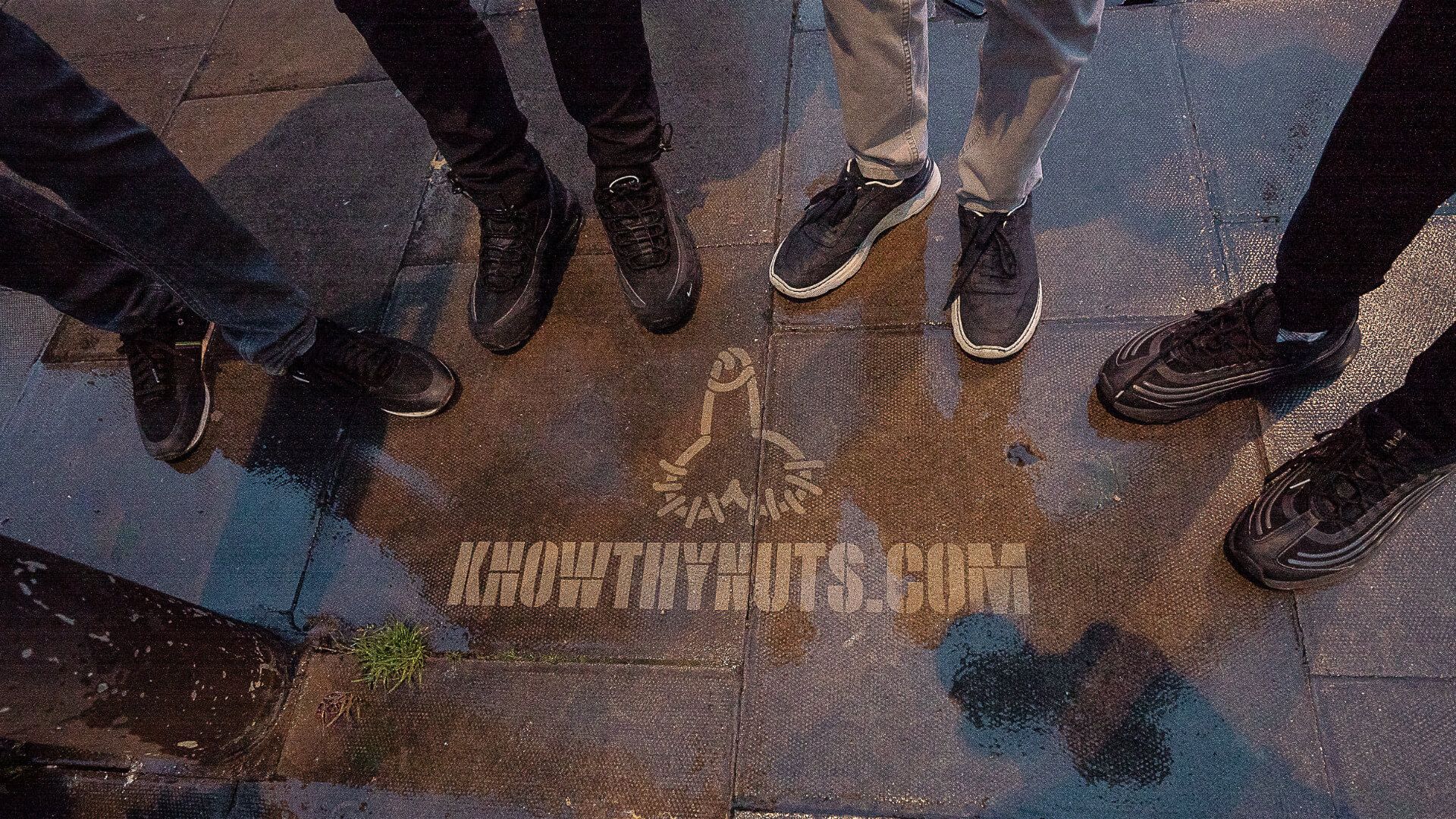

You’ve drawn them but how well do you know your own?
This weekend phallic graffiti appeared over the streets of London, encouraging men to check themselves for testicular cancer.
Movember placed the images across the boroughs of Tower Hamlets, Newham, Lambeth, Southwark and Wandsworth, the areas with the highest numbers of 18–35-year-old men[1], using an environmentally friendly technique known as ‘clean’ or ‘reverse’ graffiti.
Testicular cancer is the most common cancer in young men, and over 2,500 men in the UK were diagnosed with testicular cancer in 2020[2].
" Many young men have probably graffitied penises and testicles themselves, but how well do they know their own? "
Movember's Global Director of Testicular Cancer, Sam Gledhill says of the disease: “It’s the most common cancer diagnosis in young men, but the good news is, survival rates are high if the disease is caught early. Sadly, many young men think it’s an ‘old man’s’ disease and don’t take care to check themselves.”
A global study of more than 2,500 men found half (62%) of men in the at-risk age group (18-34) didn’t know how check themselves for testicular cancer[3].
“We want to go where young men are, to remind them to check themselves, and also to give them the tools to do so”, says Gledhill. Many young men have probably graffitied penises and testicles themselves, but how well do they know their own?”
Whilst Movember has used the depiction of a penis for an important message, it’s not the first-time phallic graffiti has had a health meaning behind it, says Professor of Digital Cultures at Newcastle University, Richard Clay.
“You would see penises carved, scratched or scrawled on walls all over ancient Rome world. The Romans used phalluses as symbols of good luck and of good fortune, but also as symbols of protection. The phallus is associated with the god Fascinus, who protects people from illness, and also protects them from physical damage during combat.
“We’re hopeful this campaign will remind more young men to look after their health and check themselves,” says Gledhill.
“If you’re a guy in your 20s or 30s, you should be getting to know your testicles. What they look like, what they feel like, and what’s normal for you down there. The shower is a great place to start. Carefully and gently roll one testicle at a time between your thumb and finger, checking for any changes or irregularities. If something hurts or feels different, it’s important to make time and get it checked out by your doctor.”
It is estimated that more than 35,000[4]men are currently living with or beyond a testicular cancer diagnosis in the UK.
This April, #KnowThyNuts for Testicular Cancer Awareness Month. You can find out more at movember.com/knowthynuts.
If you (or someone you know) Is showing symptoms of testicular cancer or has been diagnosed visit Movember's nutsandbolts.movember.com, an online hub co-designed with men who have been through testicular cancer.
The history of phallic graffiti
5 facts you didn’t know
Richard Clay, Professor of Digital Cultures at Newcastle University and Professor Paul Gough, Vice-Chancellor at Arts University Bournemouth share the history of ‘balls on walls’.
- The earliest known carving of male genitalia was discovered on the Greek Island of Astypalaia in 2014, and dates back to the 5th and 6th centuries B.C. - Gough
- Phallic drawings were also common across the Roman Empire - on the walls and doorways of Rome they were placed for power and good fortune, on the contested edges of empire it was the aggressive symbol of domination and military authority. – Gough
- You would see penises on walls all over in ancient Rome. Some were dedicated to the gods like Hermes, Mercury and the fertility god Priapus. Others were used to point people in the direction of brothels. - Clay
- In Roman times, as well as graffiti, boys would often be associated with phallus to try and protect them from the ‘evil eye’. - Clay
- You can still find scratched images of phalluses across Hadrian's Wall and the quarries nearby – there are no fewer than 57 of them. A few are hastily scribed, others are magnificent specimens gouged out of the stone. - Gough
[1] https://www.ons.gov.uk/peoplepopulationandcommunity/populationandmigration/populationestimates/datasets/populationestimatesforukenglandandwalesscotlandandnorthernireland
[2] https://gco.iarc.fr/today/online-analysis-table?v=2020&mode=population&mode_population=countries&population=900&populations=900&key=asr&sex=1&cancer=28&type=0&statistic=5&prevalence=0&population_group=0&ages_group%5B%5D=0&ages_group%5B%5D=17&group_cancer=1&include_nmsc=1&include_nmsc_other=24
[3] YouGov data